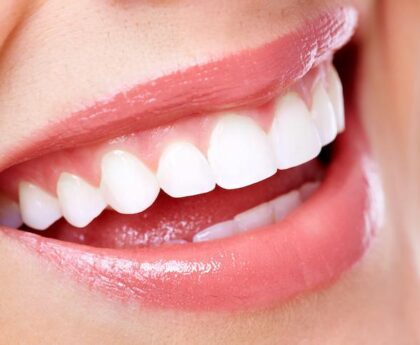Cavities, also known as tooth decay, are a common oral health problem that affects people of all ages. They are caused by the accumulation of bacteria in the mouth, which produce acid that erodes the enamel on the teeth. This article will provide an overview of the science of cavities, including their causes, prevention methods, and treatments.
Causes of Cavities
The primary cause of cavities is the presence of bacteria in the mouth, particularly Streptococcus mutans and Lactobacillus. These bacteria feed on sugars and carbohydrates from the food we eat, producing acid as a byproduct. This acid can dissolve the enamel on the teeth, creating openings in the surface of the teeth known as “lesions.” In addition to bacteria, other factors that can contribute to the formation of cavities include consuming sugary and acidic foods and drinks, and poor oral hygiene.
Once the enamel has been damaged, the bacteria can penetrate deeper into the tooth and cause further decay. As the decay progresses, it can reach the innermost layer of the tooth, the pulp, which contains nerves and blood vessels. At this point, the decay can cause pain and sensitivity, and can also lead to an infection in the pulp. If left untreated, the infection can spread to the surrounding tissues and bones, leading to tooth loss.
Preventing Cavities
Preventing cavities is possible by practicing good oral hygiene and making healthy lifestyle choices. Brushing and flossing regularly to remove plaque and bacteria from the mouth is essential, as well as limiting sugary and acidic foods and drinks. Drinking plenty of water can also help neutralize the acid in the mouth and reduce the risk of cavities. Regular dental check-ups and cleanings can also help detect and treat cavities in their early stages.
Treating Cavities
Cavities can be treated with a variety of dental procedures, depending on the severity of the decay. Fillings are commonly used to treat small cavities, while crowns and root canals may be necessary for more advanced cases. These treatments can help restore the function and appearance of the affected teeth, and prevent further decay and infection.
Conclusion
In conclusion, cavities are a common oral health problem that can be prevented and treated through good oral hygiene and healthy lifestyle choices. Regular dental check-ups and cleanings can also help detect and treat cavities in their early stages, ensuring that your teeth remain healthy and functional. By understanding the science of cavities, you can take steps to prevent and treat this common oral health problem.





